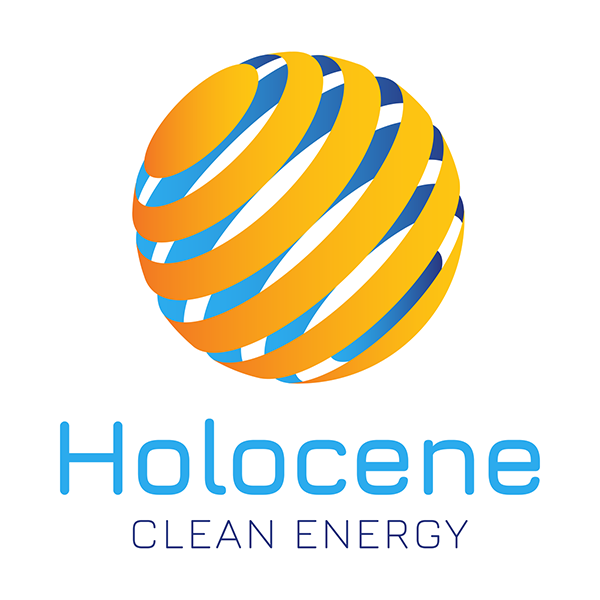The idea that solar doesn’t produce in winter is a myth. In fact, there is plenty of sun to make the benefits of clean energy a feasible option throughout the year wherever you live, even through northeastern winters. Germany was surpassed by China just recently as the worldwide leader in solar energy production. Germany gets less sunlight on average than the midwestern US and China has a similar sunlight profile. If we view solar through the lens of an investment, then we would expect it to generate returns throughout the year, despite inevitable seasonal fluctuations.
A major external factor for every solar project at any time of year is the irradiance. This is the amount of sunlight falling on a given surface. Higher irradiance on a solar cell leads to more energy produced, and this varies throughout each day. Quality solar output projections can be made based off past years, using weather data available from a variety of sources. As well, advances in real-time weather data collection techniques will continue to optimize grid operations and result in better responses to production fluctuation. Technological developments in energy storage will continue to exponentially widen opportunity in utility-scale renewables and manage load in winter.
Even on its own, solar can perform well in the winter. Atmospheric temperatures have no impact on the generation of solar energy, rather, the production is exclusively powered by the sunlight that shines on the panel, and the presence of snow around an asset can reflect light and help improve PV performance.
Cold, sunny weather is good for panels themselves– panels work more efficiently at turning sunshine into electricity because there is less resistance in the solar panel, which acts as a semiconductor of the electricity. Heat has a negative effect on the panels, and production decreases because not as many electrons move through the circuitry in the same amount of time. PV semi-conductors offer more resistance in extreme heat, making them less efficient, reducing efficiency by about 10%. With newer technology such as thin-film PVs, this effect can be smaller. (In the summer months, this effect is off-set by the longer days and hours of sunlight for energy production.) Solar is not as effective during dark, winter months. Shorter daylight hours and overcast conditions generally lead to proportionately less energy produced than in the summer months.
Regarding snow, all solar panels are designed to bear a certain amount of weight- undergoing pressure tests to assess durability and quality. Panels are rated (higher ratings mean that they can better withstand the weight of heavy snow). Office of Energy Efficiency and Renewable Energy operates the Sunshot Initiative Funds Regional Test Centers, which test solar performance in widely varying climates. For example, the Vermont testing centers test for impacts such as microcracks (on mounting points of frames) formed by non-uniform snow load to assure the highest quality PV panels for all seasons. Because snow blocks energy production until plowed or melted, effects of snow should be incorporated into any energy estimates. The panels are designed at a tilt where the majority of snow can fall off on its own accord, yet, in regions with heavy snowfall, assumptions for performance reduction ranges from 8-30%.
Many companies do, in fact, choose to integrate solar during the winter months, when their electricity bill is high, and competition in solar is low. Electricity prices are one of the biggest drivers of solar savings, the higher your electricity prices, the more money you will save by going solar.
If you are interested in learning more about your local monthly solar potential, and the differential valuation throughout the seasons, visit PVWatts Calculator (NREL). For example, Holocene’s Raleigh, North Carolina headquarters’ solar radiation potential for July is almost double that of December based on weather trends for the region.
|
Solar is still cost effective in the winter. These darker months are priced into the annual cost, offsetting the variable rates throughout the year. This functions similarly to the way that an investment’s annual return doesn’t guarantee that return every day. Overall, the energy produced on an annual basis far outweighs the seasonal low production in winter climates.
